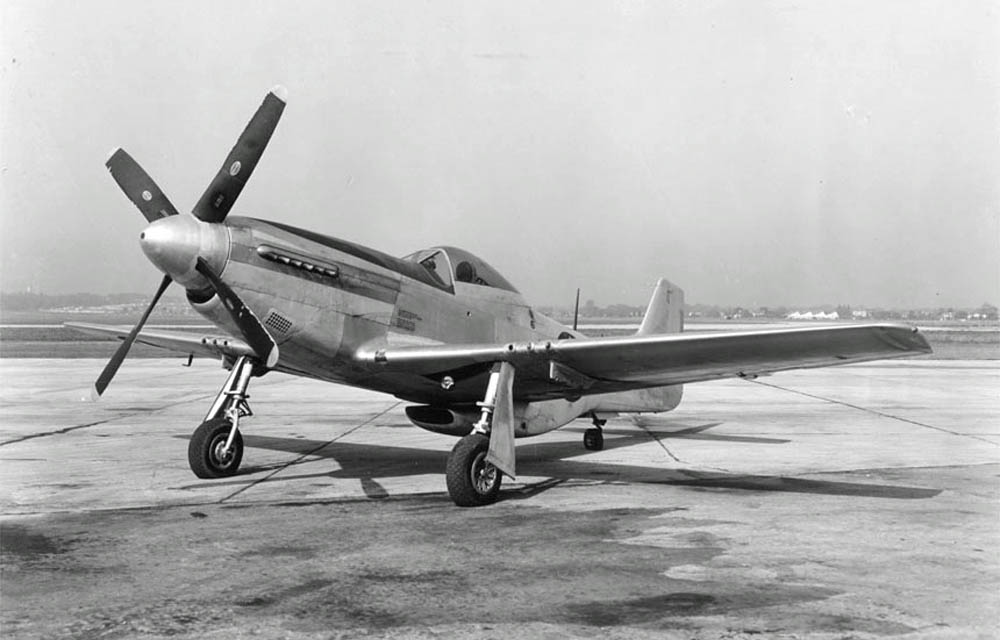There is scope for hawker to do better than OTL - but not with the P51.The Hurricane suffers from leading edge drag. It has rough, sagging, gapped and bumpy surfaces. The wings are way too thick at 19% thickness to chord ratio at the wing root (cf 13.5% for the Spitfire). Could something like the P-51 be built by Hawker domestically?


Hawker had a history of incremental improvement.
The hurricane can be looked at as an updated Hawker Fury, changed from a biplane to monoplane, with a merlin engine.
Immediately after the Hurricane was in service Hawker began work on the Tornado and Typhoon.
Principle differences from the hurricane were duralumin rear fuselage, and either RR Vulture (Tornado) or Napier Sabre (Typhoon) engine.
They kept the same style of thick wings as the Hurricane, which weren't great.
After the Typhoon the next step was to the Tempest, which was originally known as the Typhoon II, i.e. an evolution rather than a revolution.
Principle differences from the Typhoon was thinner wings, and as well as the Sabre either RR Griffon or Bristol Centaurus.
After the Tempest was the (sea) Fury, which originated from a requirement for a light Tempest fighter.
Possible changes in a PAM world:
1) Tornado/Typhoon get the thin wing, rather than waiting for the Tempest.
Better data from the farnborough wind tunnels would do it. Ithink the data existed, but was misinterpreted before it got to Hawker?
2) Tornado gets the RR Griffon instead of the Vulture. The development of the griffon was stopped for a while, and effort concentrated on the Vulture instead.
I think, without that shift, the griffon is about in the right time frame for the Tornado prototype.
3) Typhoon (instead of/as well as) Sabre gets Bristol Hercules. Too early for the Centaurus I think.
In OTL the air ministry insisted on 3 different engine types in the prototypes for the Tempest - they could have done the same here.
4) Tornado/Typhoon gets a carrier version - Hawker had a history of carrier aircraft, notably the osprey, nimrod, and sea hurricane, and a future with the sea fury.
 Wirraway Whizzes by
Wirraway Whizzes by